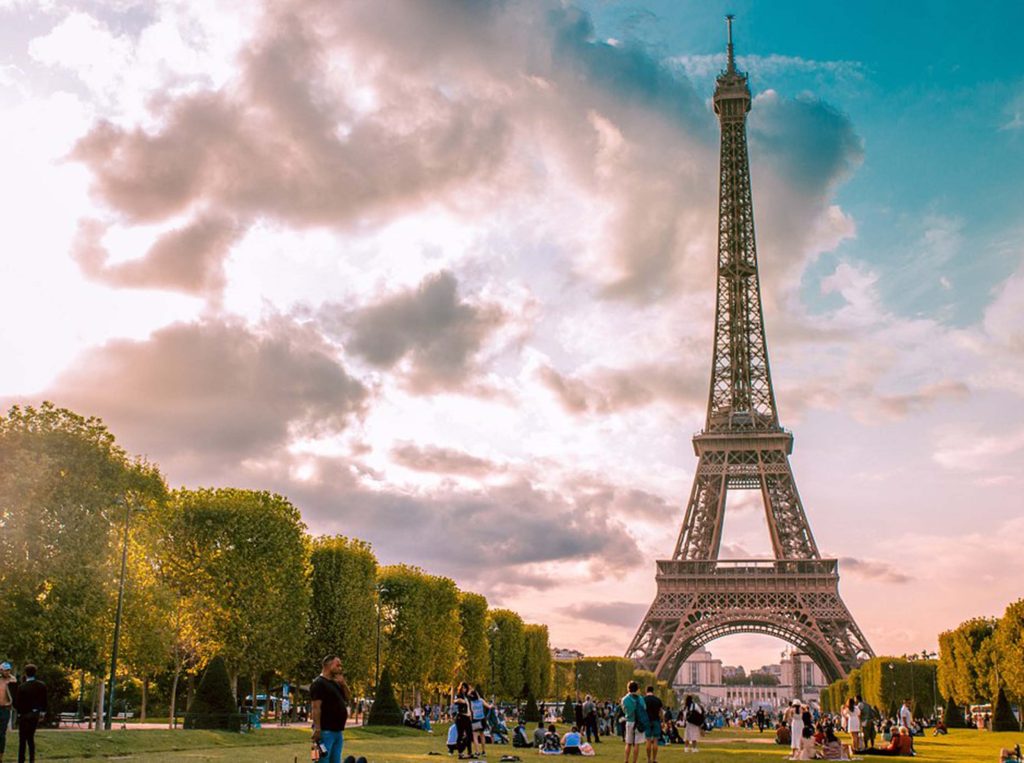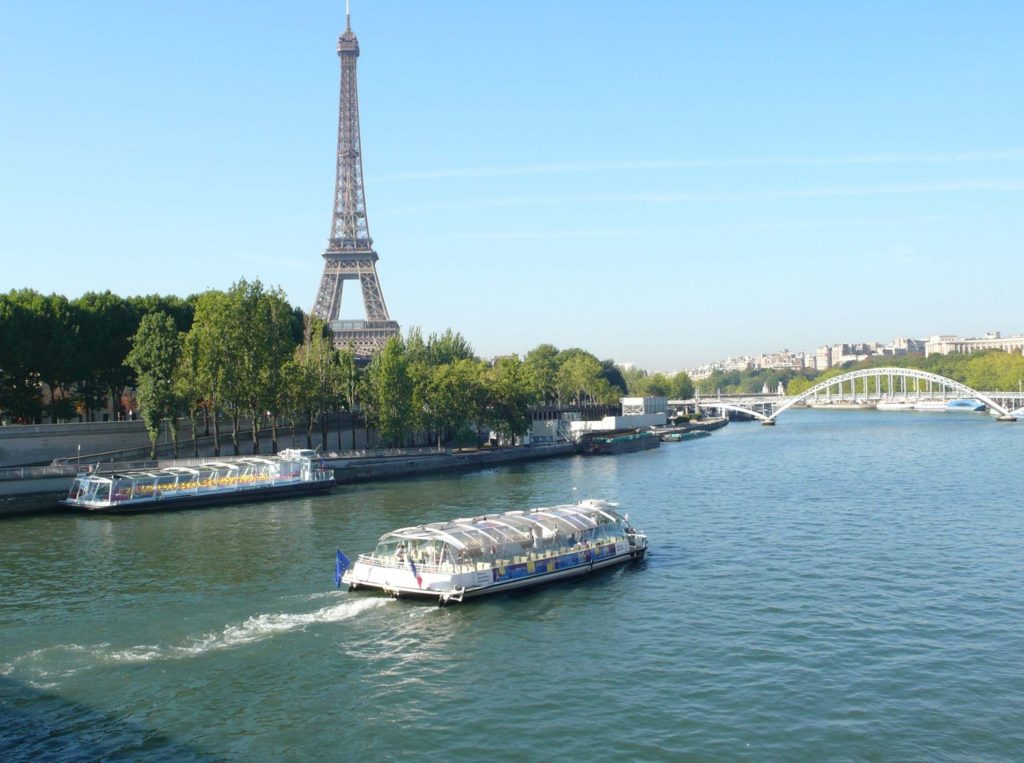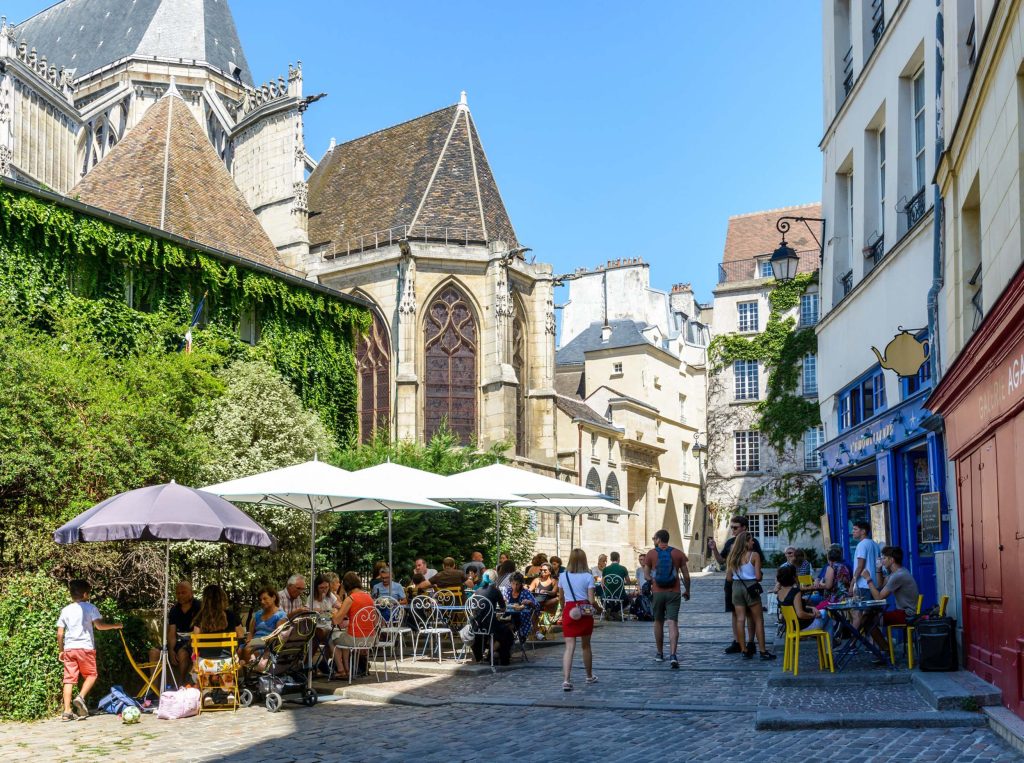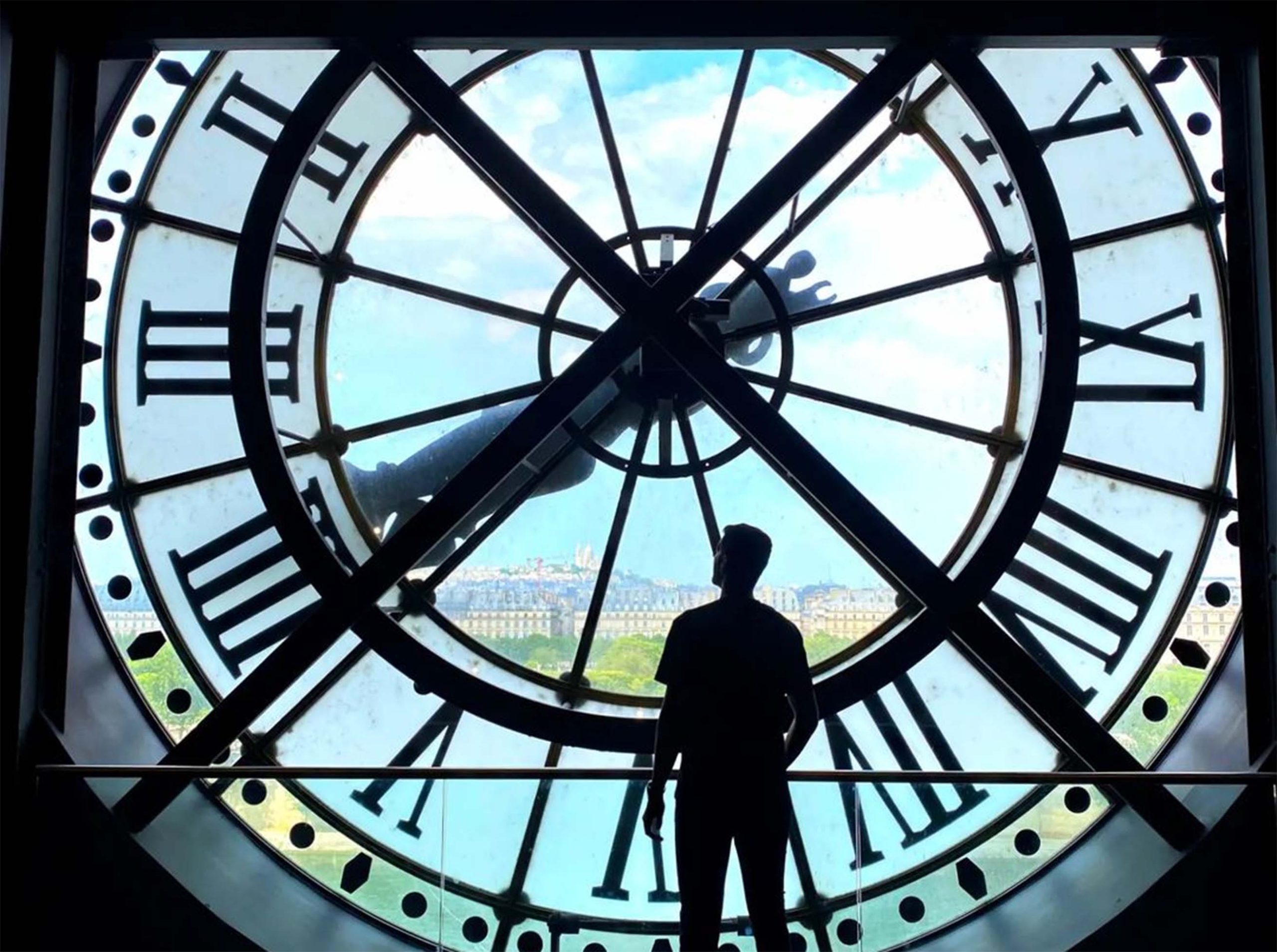I have a profound appreciation for gastronomy and photography, my journey around the world has led me to countless mesmerizing destinations. Yet, none can compare to the allure of Paris, a city that never ceases to captivate my lens and my taste buds. I’ll take you on an immersive photographic journey through the City of Light, unveiling some of the best photography spots, from iconic landmarks to hidden culinary gems. Additionally, I’ll share my personal photography techniques and offer practical advice to help you capture the essence of Paris through your own lens. Prepare for a visual and culinary odyssey that goes beyond the usual tourist clichés.
Exploring Paris Through the Lens

Photography Spots
- Eiffel Tower: Let’s begin with the iconic symbol of Paris—the Eiffel Tower. While it’s a universally recognized location, finding unique angles and lighting conditions can elevate your photos from the ordinary to the extraordinary. One of my favorite perspectives is from the Trocadéro Gardens. Arriving early in the morning to catch the soft, golden light of the rising sun is a must. You’ll not only avoid the crowds but also experience the tower’s silhouettes against the warm, luminous backdrop of dawn.
- Montmartre: The historic neighborhood of Montmartre is a treasure trove of photographic opportunities. Its cobblestone streets, charming cafes, and the stunning Sacré-Cœur Basilica provide an exquisite backdrop for your lens. The district exudes an artistic and romantic ambiance that’s perfect for photography. Wander through the neighborhood, especially in the evening when the streets come alive with local artists and the soft glow of streetlights.
- Louvre Pyramid: The Louvre’s modern glass pyramid, set against the backdrop of the historic palace, creates an intriguing contrast of old and new. To capture this contrast in your photos, I recommend visiting during the “Golden Hour,” which is just before sunset. The warm, gentle light at this time will cast a beautiful glow on the glass panels of the pyramid.
- Seine River: The Seine River offers countless opportunities for stunning shots. Take a Seine River cruise, and you’ll be able to capture the city’s most iconic landmarks as they reflect in the water. Alternatively, the riverbanks themselves make for excellent photographic subjects. With many picturesque bridges, you can use these as focal points in your shots.
- Le Marais: Le Marais, celebrated for its picturesque streets and historic architecture, is a photogenic neighborhood through and through. The Place des Vosges, with its symmetrical arcades and charming gardens, is particularly stunning. To create the most captivating images, consider shooting there on a sunny day, but be mindful of shadows that may be cast in the arcades. Timing and lighting can significantly impact your results.
Photography Techniques and Tips

1. Golden Hour Magic: Paris is at its most magical during the “Golden Hour,” which is the first and last hour of sunlight in the day. The soft, warm light enhances the city’s beauty and creates a profoundly romantic atmosphere. To make the most of this enchanting period, plan your photography sessions around sunrise and sunset, and be prepared to wait for that perfect shot.
2. Rule of Thirds: Applying the rule of thirds to your composition can make your photographs more visually appealing. Imagine your photo divided into nine equal parts by two equally spaced horizontal lines and two equally spaced vertical lines. Place your main subject at the intersections or along the lines to create a balanced and pleasing image. This technique can add depth and interest to your photos.
3. Experiment with Angles: Don’t hesitate to experiment with different angles and perspectives. Changing your shooting angle can add a fresh and captivating dimension to your photos. For instance, capture a classic Parisian scene from ground level to emphasize the charming cobbled streets. Conversely, shooting from a higher vantage point can provide a broader view of the city’s vast and intricate beauty.
4. Use Leading Lines: Paris boasts an abundance of architectural elements that can serve as leading lines, guiding the viewer’s eye through your photo. To add depth and a sense of direction to your images, try capturing scenes with roads, bridges, or buildings leading towards your main subject. This technique can make your photos more dynamic and engaging.
5. Include People: Incorporating people into your photos can add a human element and tell a story. Candid shots of Parisians sipping coffee at a café or tourists admiring a monument can evoke the city’s unique atmosphere and create a sense of connection for viewers. Capturing the everyday moments of the city’s residents and visitors can provide a genuine and intimate perspective.
6. Use Natural Frames: Look for opportunities to frame your subject within the natural surroundings. This can add a captivating dimension to your photos. For example, consider capturing the Eiffel Tower through an archway, a cafe window, or a row of trees. This technique can create depth and make your subject stand out.
7. Be Patient: Capturing the perfect shot often requires patience. Whether you’re waiting for the right light, the perfect moment with a candid subject, or the ideal angle, patience is key. Don’t rush through your photography; take the time to compose your shots and wait for the magic to happen.
8. Get Off the Beaten Path: While the iconic landmarks of Paris are certainly worth capturing, don’t forget to explore the less-traveled areas. Wander off the beaten path, discover charming neighborhoods, and interact with locals. Some of the most memorable shots come from unexpected encounters and hidden gems that only the curious traveler would find.
Culinary Exploration Through the Lens

Photography Spots
- Boulangeries and Patisseries: Paris is synonymous with its exquisite pastries and bread. As a photographer, you’ll be in paradise when you step into the city’s bakeries and pastry shops. The window displays are a delightful sight, with their array of colors, shapes, and textures. These charming establishments provide endless opportunities for mouthwatering photos.
- Street Markets: Paris’s street markets are a feast for the senses and the lens. Take a stroll through the Marché d’Aligre or Rue Mouffetard and document the vibrant displays of fresh produce, cheese, and artisanal goods. The early morning is the best time to visit, as it allows you to capture the market in its full glory without the bustling crowds.
- Cafés and Brasseries: Parisian cafes exude a unique charm that is a visual delight. The outdoor seating areas, typically adorned with iconic red chairs and small tables, often feature colorful flowers. These settings are perfect for capturing the classic Parisian ambiance. In fact, Parisians’ art of “people watching” can be beautifully documented at these establishments.
- Food Markets: Paris has food markets that are a paradise for food photographers. The Marché des Enfants Rouges is one such place, offering a wide variety of international and French cuisine. The lively atmosphere and the diverse range of food make it a fascinating subject. Whether it’s vibrant vegetables, exotic spices, or fresh seafood, these markets are a treasure trove for photographers.
- Fine Dining: If you’re indulging in fine dining experiences during your stay, don’t forget to capture the culinary masterpieces that grace your plate. The artistry and presentation of French cuisine are truly worth documenting. Restaurants like Le Jules Verne in the Eiffel Tower offer stunning views of the city in addition to their exquisite culinary creations. Fine dining establishments often provide unique and beautifully presented dishes, making them ideal subjects for your photography.
Photography Techniques and Tips

1. Natural Light: When it comes to food photography, natural light is your best friend. Whenever possible, choose a table by a window in a cafe or restaurant to take advantage of soft, diffused sunlight. If you’re shooting food at a market, be aware of the available light and adjust your camera settings accordingly to make the most of the natural lighting conditions.
2. Focus on Details: Food photography is all about capturing the details. Make an effort to showcase the textures, colors, and shapes of the dishes you photograph. To achieve this, use a shallow depth of field, which is achieved with a low f-number, to create a pleasing background blur while keeping your subject in sharp focus. This technique can make your food photos appear mouthwatering and enticing.
3. Composition: In food photography, composition is key. Pay attention to the arrangement of elements within the frame. Consider the lines and angles of the plate and the table setting. The presentation of the dish should complement the ambiance of the restaurant or the market. Creating a harmonious composition can make your food photos more visually appealing.
4. Candid Shots: While it’s essential to focus on the food, don’t overlook the opportunity to capture diners and their reactions. Candid shots of people enjoying their meals, sipping wine, or sharing a laugh can help tell a story and add life to your food photography. It provides a sense of authenticity and connection to the dining experience.
5. Patience and Timing: Food presentation is an art, and sometimes you’ll need to wait for the perfect moment when the dish is presented in its most photogenic state. Be patient and prepared to capture the chef’s creation just as it’s delivered to your table. It’s this moment that often provides the most compelling food shots.
6. Edit Thoughtfully: Post-processing can enhance your food photos. Experiment with editing software or apps to fine-tune colors, contrast, and sharpness. However, always aim to maintain the authenticity of your photos. Over-editing can detract from the genuine appeal of the dish.
Share Your Experiences: In today’s digital age, consider sharing your photography adventures and food discoveries in Paris. Social media platforms such as Instagram, Flickr, and Pinterest are popular channels for showcasing your work. By sharing your experiences, you can connect with fellow travelers and food enthusiasts, exchange tips and ideas, and even discover new photographic techniques.
Equipment: You don’t need a high-end camera to capture the beauty of Paris or the delectable dishes it offers. Modern smartphones are equipped with advanced camera features that can deliver excellent results. However, if you have access to a DSLR or mirrorless camera, consider investing in a prime lens with a wide aperture, such as a 50mm f/1.8. This type of lens is renowned for creating beautiful bokeh, the pleasing background blur that makes your subject stand out. Additionally, it’s often a versatile choice for various photography scenarios.
Paris, with its iconic landmarks, charming streets, and culinary delights, is a treasure trove for photographers and food enthusiasts alike. Whether you’re capturing the Eiffel Tower at sunrise, documenting the artistry of a Michelin-starred dish, or strolling through the city’s historic neighborhoods, Paris offers a myriad of opportunities to tell your own unique visual story.
I encourage you to embark on your photographic adventure in the City of Light. Armed with the tips and techniques shared in this guide, you’ll be well-prepared to capture the essence of Paris through your own lens. Each photograph you take will be a precious memory, preserving the romance, beauty, and culinary delights of this magical city. So, pack your camera, explore the streets of Paris, and let your creativity flow. Paris is waiting to be seen through your eyes and shared with the world, and your journey is sure to result in a visual and culinary tapestry that is truly extraordinary.
